Mining Autonomous Vehicle Driving Boundary Detection on Basis of 3D LiDAR
DOI: 10.23977/jemm.2024.090112 | Downloads: 31 | Views: 1193
Author(s)
Bing Cui 1, Huijun Zhao 1, Haibo Jiang 1, Jin Wang 2, Jingwen Duan 2, Xueping Hu 2
Affiliation(s)
1 North Mining LTD., Beijing, China
2 Racobit Intelligent Traffic System (Beijing) Technology Co., LTD., Beijing, China
Corresponding Author
Bing CuiABSTRACT
Mining area is very large, and the road conditions are also very complex. It is very difficult to familiarize oneself with the environment of the mine by driving. Based on 3D LiDAR technology, this research explores a driving boundary detection method for driverless vehicles in mines based on point cloud data. Through the use of 3D LiDAR sensors to obtain point cloud data of the environment, and the use of object shape recognition, high-precision ranging, multi-angle observation and multi-sensor fusion and other technologies, the accurate detection of mine environmental boundaries is realized. The experimental results show that the boundary detection method of mine driverless vehicles based on 3D LiDAR has high accuracy and real-time. Using the point cloud data obtained by the 3D LiDAR sensor, it can quickly capture and represent the shape and contour of objects in the mine environment, and realize accurate boundary detection.
KEYWORDS
Boundary Detection, Autonomous Vehicles, 3D LiDAR, Canny Detection AlgorithmCITE THIS PAPER
Bing Cui, Huijun Zhao, Haibo Jiang, Jin Wang, Jingwen Duan, Xueping Hu, Mining Autonomous Vehicle Driving Boundary Detection on Basis of 3D LiDAR. Journal of Engineering Mechanics and Machinery (2024) Vol. 9: 74-80. DOI: http://dx.doi.org/10.23977/jemm.2024.090112.
REFERENCES
[1] Tian Guohong and Guan Liangliang. Simulation of uncertain obstacle detection method in front of driverless vehicle. Computer simulation, 2023, 40(2): 471-474
[2] Guo Yongcun, Tong Jiale, Wang Shuang. Research on multi-objective detection in the driving scene of underground unmanned electric vehicles. Industrial and Mining automation, 2022, 48(6): 56-63
[3] Meng Dejiang, Tian Bin, Cai Feng, Gao Yijun, Chen Long. A real-time detection method for road slope of open-pit mines for unmanned mining vehicles. Journal of Surveying and Mapping, 2021, 50(11): 1628-1638
[4] Hu Qingsong, Meng Chunlei, Li Shiyin, Sun Yanjing. Research status and prospects of unmanned environmental perception technology in mines. Industrial and Mining Automation, 2023, 49(6): 128-140
[5] Qin Peilin, Zhang Chuanwei, Zhou Libing, Wang Jianlong. Research on 3D detection of targets of unmanned trackless rubber-wheeled vehicles underground in coal mines. Industrial and mining automation, 2022, 48(2): 35-41
[6] Edwards D J, Akhtar J, Rillie I, et al. Systematic analysis of driverless technologies. Journal of engineering, design and technology, 2022, 20(6): 1388-1411.
[7] Bissell D, Birtchnell T, Elliott A, et al. Autonomous automobilities: The social impacts of driverless vehicles. Current Sociology, 2020, 68(1): 116-134.
[8] Karmakar G, Chowdhury A, Das R, et al. Assessing trust level of a driverless car using deep learning. IEEE Transactions on Intelligent Transportation Systems, 2021, 22(7): 4457-4466.
[9] Kabzan J, Valls M I, Reijgwart V J F, et al. AMZ driverless: The full autonomous racing system. Journal of Field Robotics, 2020, 37(7): 1267-1294.
[10] Engholm A, Pernestål A, Kristoffersson I. Cost analysis of driverless truck operations. Transportation research record, 2020, 2674(9): 511-524.
[11] Nesheli M M, Li L, Palm M, et al. Driverless shuttle pilots: Lessons for automated transit technology deployment. Case studies on transport policy, 2021, 9(2): 723-742.
[12] Jones R, Sadowski J, Dowling R, et al. Beyond the driverless car: A typology of forms and functions for autonomous mobility. Applied Mobilities, 2023, 8(1): 26-46.
[13] Dong L, Sun D, Han G, et al. Velocity-free localization of autonomous driverless vehicles in underground intelligent mines. IEEE Transactions on Vehicular Technology, 2020, 69(9): 9292-9303.
[14] Vicente B A H, Trodden P A, Anderson S R. Fast tube model predictive control for driverless cars using linear data-driven models. IEEE Transactions on Control Systems Technology, 2022, 31(3): 1395-1410.
[15] Wang F Y. Vehicle 5.0: From driverless vehicles for ITS in CPS to MetaDriving for smart mobility in CPSS. IEEE Transactions on Intelligent Vehicles, 2023, 8(6): 3523-3526.
[16] Chen G, Chen K, Zhang J, et al. Compact 100GBaud driverless thin-film lithium niobate modulator on a silicon substrate. Optics Express, 2022, 30(14): 25308-25317.
[17] Luger-Bazinger C, Zankl C, Klieber K, et al. Factors influencing and contributing to perceived safety of passengers during driverless shuttle rides. Future transportation, 2021, 1(3): 657-671.
[18] Zhang T, Tang M, Li H, et al. A multidirectional pendulum kinetic energy harvester based on homopolar repulsion for low-power sensors in new energy driverless buses. International Journal of Precision Engineering and Manufacturing-Green Technology, 2022, 9(2): 603-618.
[19] Amichai-Hamburger Y, Mor Y, Wellingstein T, et al. The personal autonomous car: personality and the driverless car. Cyberpsychology, Behavior, and Social Networking, 2020, 23(4): 242-245.
[20] Large N, Bieder F, Lauer M. Comparison of different SLAM approaches for a driverless race car. Technisches Messen, 2021, 88(4): 227-236.
| Downloads: | 11120 |
|---|---|
| Visits: | 422691 |
Sponsors, Associates, and Links
-
Cybernetics and Mechatronics
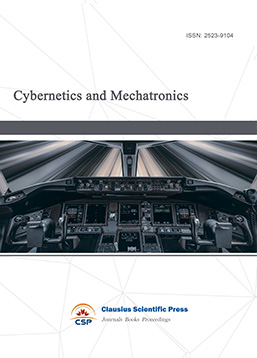
-
Digital Manufacturing and Process Management
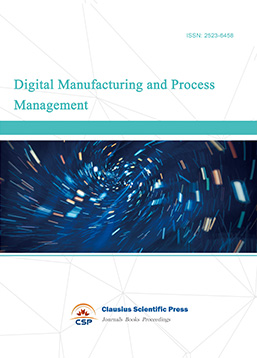
-
Ultra-Precision Machining Process
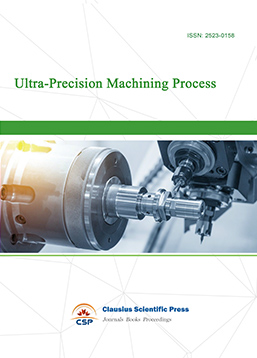
-
Journal of Robotics and Biomimetics
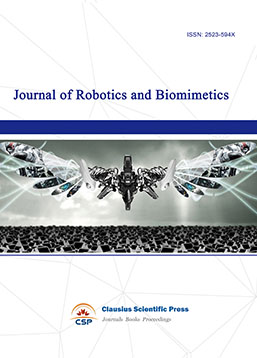
-
Prognostics, Diagnostics and Health Management
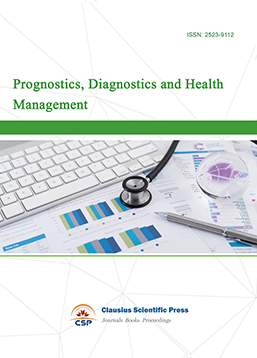
-
Micro-Electro-Mechanical Systems
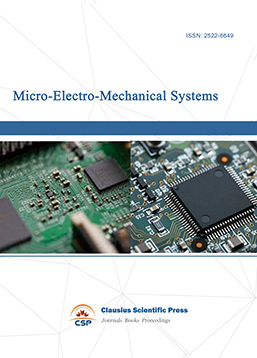
-
Journal of Precision Instrument and Machinery
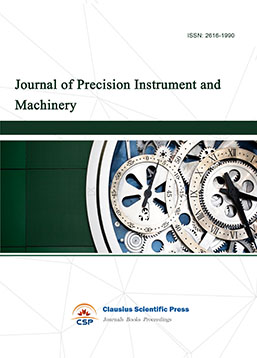
-
Engineering and Solid Mechanics
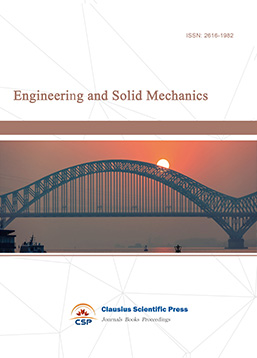
-
Fracture and Damage Mechanics
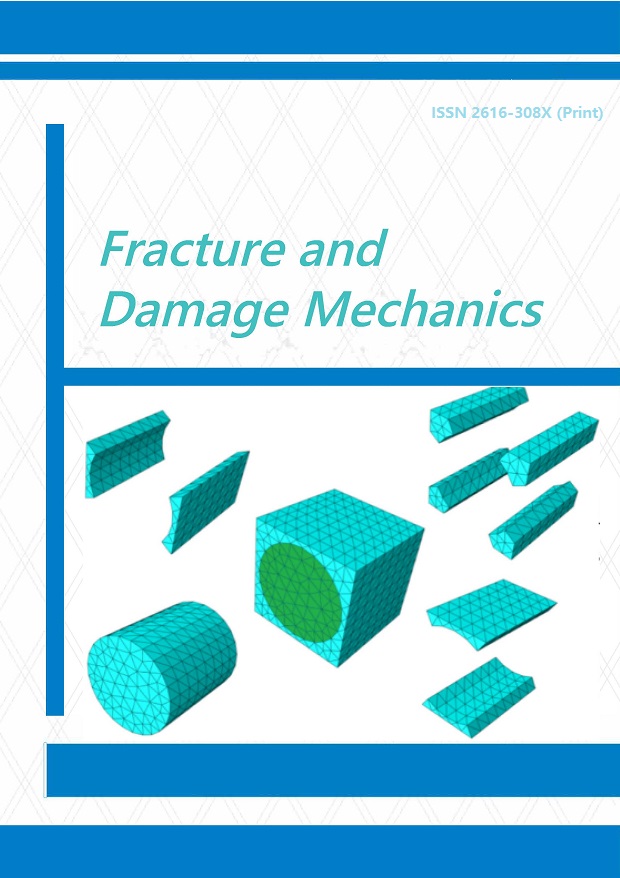
-
Frontiers in Tribology
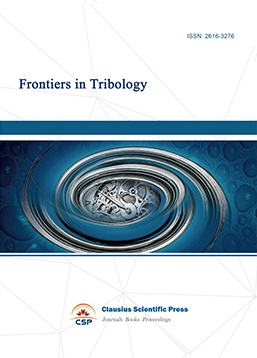
-
Fluid and Power Machinery
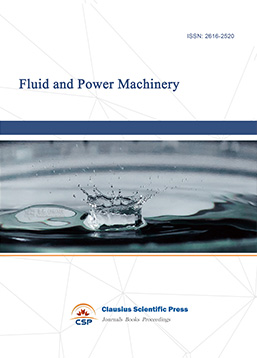
-
Chemical Process Equipment
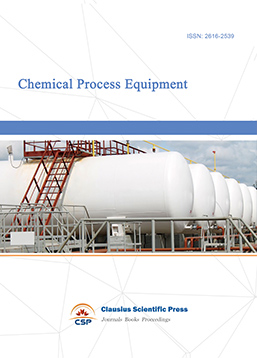
-
Journal of Assembly and Manufacturing
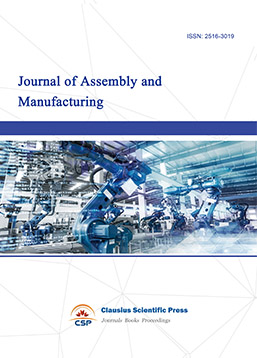
-
Mechanical Vibration and Noise
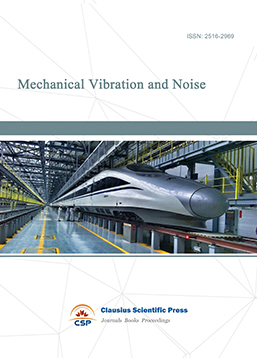

 Download as PDF
Download as PDF